Yesterday, I ended the blog post with a question: How does the disconnection of the land-water interface by hard coastal protection structures and other shoreline disruptions affect ecological processes and biological life cycles?
I will just touch on some information regarding how altered shorelines of both rivers and lakes affect fish populations as an indicator of water quality and health for aquatic ecosystems. This topic was the focus of our second introductory presentation at the Biomimicry Open Innovation Session described in Part 1. I recognize that fish are just one aspect of a healthy aquatic habitat. There is also aquatic vegetation, benthic macroinvertebrates, phytoplankton & zooplankton communities and algae populations to consider. All these populations are linked and comprise the complex food web of Lake Erie, although the food web is much less complex with the presence of invasive species disrupting various points in the food web.
Before summarizing our second presentation given by Scott Winkler with the Division of Surface Waters of the Ohio EPA in Northeast Ohio, I’d like to show an image depicting the life cycle of freshwater fish species.
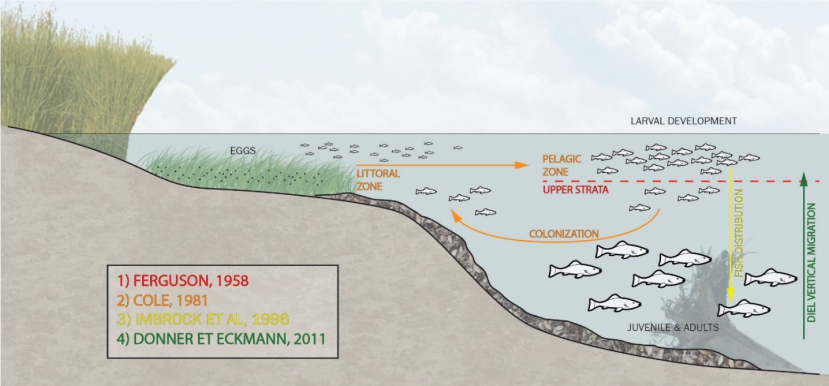
Life cycle for freshwater lake species in Europe
This image comes from a final project report on “greening” bulkheads in the shipping channel of the Cuyahoga River that my sponsor, Biohabitats, led a few years back. At the time though many local area fish biologists were consulted for the project, there was not a life cycle diagram for freshwater fish in the Great Lakes, particularly Lake Erie.
It is known that larval and juvenile fish experience high attrition rates within the channel during spawning and development, especially the last five miles of the Cuyahoga River from the ArcelorMittal steel mill to the mouth of the river. Jane Goodman, Executive Director of the Cuyahoga River Restoration, referred to this part of the river as a “23-foot deep, steel-walled bathtub” in a September 2015 article posted on Cleveland.com.
The availability and diversity of food for fish within the channel is very limited as well as natural microhabitats that provide shelter and cover like the interstices of rocks, dendritic roots and overhang nooks. Because of the depth and width of the shipping channel created for the shipping industry, the dissolved oxygen levels are a low because of the slow flow of the water to the open lake. In the September 2015 Cleveland.com article, it was noted that it took young fish 14 days to swim from the top of the channel to the mouth of the river because of the stagnant water.
I mention the conditions of the last few miles of the Cuyahoga River before the open lake because it is important to consider habitat requirements of all aspects of an aquatic species’ life cycle in restoration practices.
Scott’s presentation during our Open Innovation Session just focused on the makeup of the nearshore fish population along different points of the Ohio Lake Erie shoreline. What did he find?
What are our nearshore fish populations?
Scott described the fish sampling locations along the nearshore all along Ohio Lake Erie’s coastline and the type of fish sampled. He showed the below chart, which shows five distinct fish assemblages that emerge when fish sampling data from 1982-2015 is compared for similarities of species by weight.
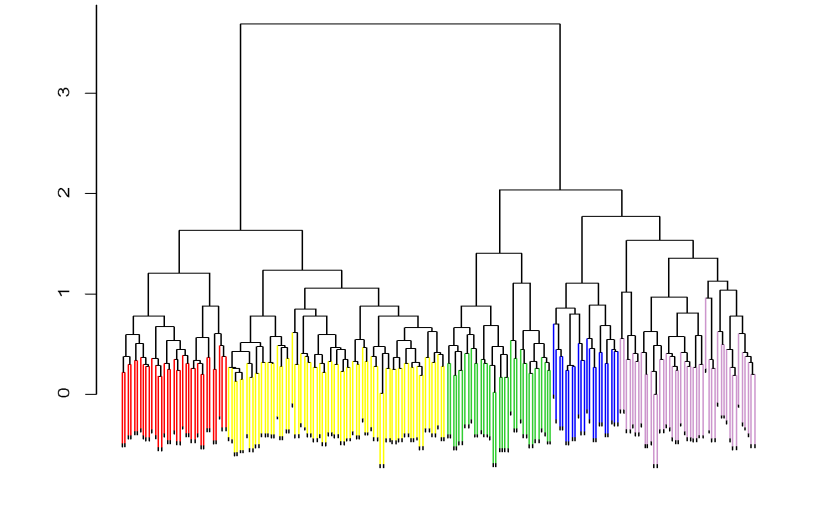
Five groups emerged when fish samples from 1982-2015 were compared to each other for species similarity by weight – provided by Scott Winkler, Ohio EPA
Group 1 is a diverse assemblage with many fish that require different habitats, which includes rock bass, brown bullhead, bluegill, round goby, largemouth bass, common carp, white perch, rainbow trout, walleye, golden redhorse, gizzard shad and emerald shiner. Group 2 is also diverse, but contains species that are more tolerant of water quality and site conditions, such as turbid or muddy waters. These tolerant fish include smallmouth buffalo, yellow bullhead, orangespotted sunfish, bigmouth buffalo and white crappie. Group 3 consists of species ubiquitous to Lake Erie and are likely to be found in any sample anywhere. Those fish are emerald shiner, white perch and gizzard shad. Group 3 also consists of species that are generalists and are tolerant of pollution and environmental factors such as, common carp, largemouth bass, freshwater drum, and bluegill.

Freshwater drum (a less desirable species) – provided by Scott Winkler, Ohio EPA
This fish group is only slightly better than Group 4. Group 4 is just those species found anywhere in Lake Erie. These species do little to explain the conditions of the sampling location. Group 5 is a combination of Groups 3 and 4, but with additional complexity by the presence of benthic insectivores (i.e. bottom-feeding insect-eaters) such as, golden, black, and shorthead redhorse. The following images show which groups of fish are present along the fish sampling locations along the coastline.
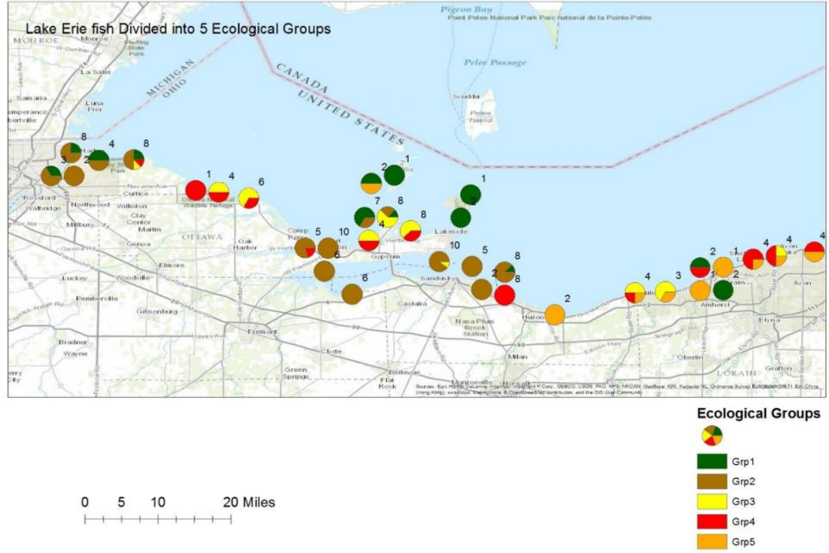
Western Ohio Lake Erie shoreline – ecological groupings of fish species – provided by Scott Winkler, Ohio EPA
Ignore the numbers on the map and only focus on the color coding for each fish group 1-5. On the western half of the shoreline, Group 1 is found primarily around the Lake Erie Islands off Sandusky and the Black River Harbor of Lorain. These areas often have clear water and submerged aquatic vegetation. Group 2 is found only in Sandusky Bay, Maumee Bay, and the Portage River: areas that are often turbid. The samples on the open lake shore are only Groups 3, 4, and 5. Higher energy shorelines have higher energy fish populations- i.e. Groups 3, 4, 5. On the eastern half of the shoreline, Group 1 is confined to the harbors. Group 2 is found in the Cuyahoga River at Cleveland Harbor and found once in the Grand River at Fairport Harbor. Groups 1 and 2 are found in calmer waters even without the presence of vegetation.
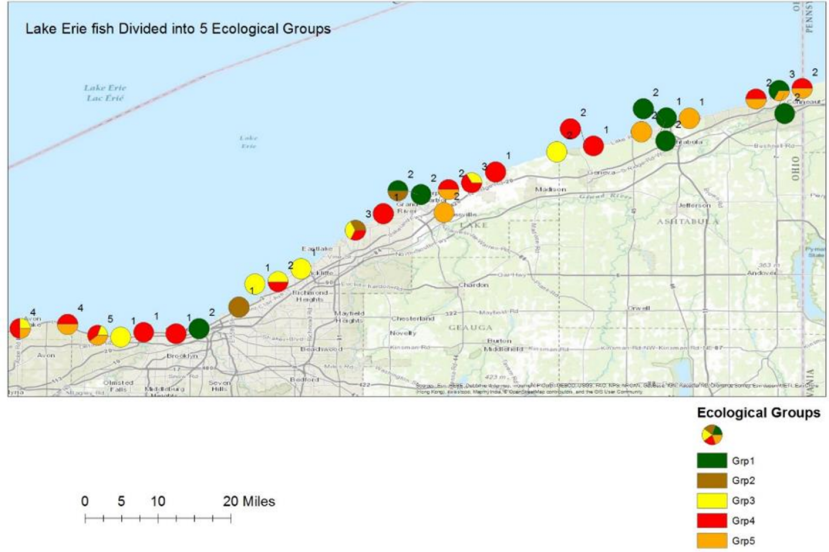
Eastern Ohio Lake Erie shoreline – ecological groupings of fish species – provided by Scott Winkler, Ohio EPA
Keep in mind that these fish assemblages include invasive species and that the groupings do not take weight into account as they are plotted on the map. Common Carp makes up one third of the weight of all the samples. The top five species (common carp, freshwater drum, largemouth bass, quillback and small mouth buffalo) make up two thirds of the total weight of all fish in the dataset, indicating that these groups really aren’t all that diverse. To learn more about the different fish and minnow species in Ohio waters, ODNR’s Division of Wildlife Species Guide Index is a great resource. I also came across Fish Base. Just type in the common name of your fish, click USA or other relevant location, and you can find information about this species’ environment, distribution, suitable habitat, life cycle and many other details, including a list of tools, special reports, Internet sources and a list of various ecological indicators based on models.
Scott concluded his talk with two main points. The first was that turbid or murky waters affect fish populations the most. Murky waters also affect the persistence of submerged aquatic vegetation – both a food source and resting place for many fish – as the sediment in the water disrupts the depth in which light can penetrate through the water column. Stormwater and upland runoff from heavy storm events contribute to the murky waters of our nearshore, often found in our bays and harbors – where both human agricultural and urban (think: impervious surfaces) activities are most present.
His second point was that no one wants to swim in a washing machine. Which means, fish don’t like to hang out in high energy waters! While we can’t calm the waters of our entire shoreline, we can create pockets of calmer waters for both fish and to reduce erosion of our shorelines, if we design our shore protection structures from a systems ecology perspective rather than just a structural or functional engineering perspective.
My last and final part, Part 3, will focus on our last presentation from our Open Biomimicry Innovation Session, by Chris Streb – ecological engineer at Biohabitats. He focuses on current practices and solutions for coastal restoration that balance both traditional protection requirements of erosion control and human activities along the shoreline (recreation, shipping, residential) with the provision of aquatic habitat for all species in Lake Erie.

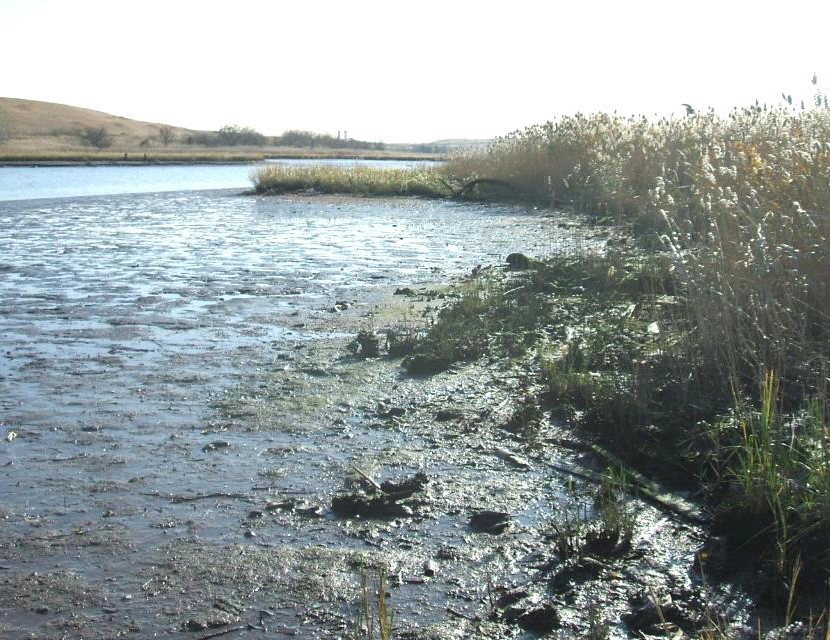

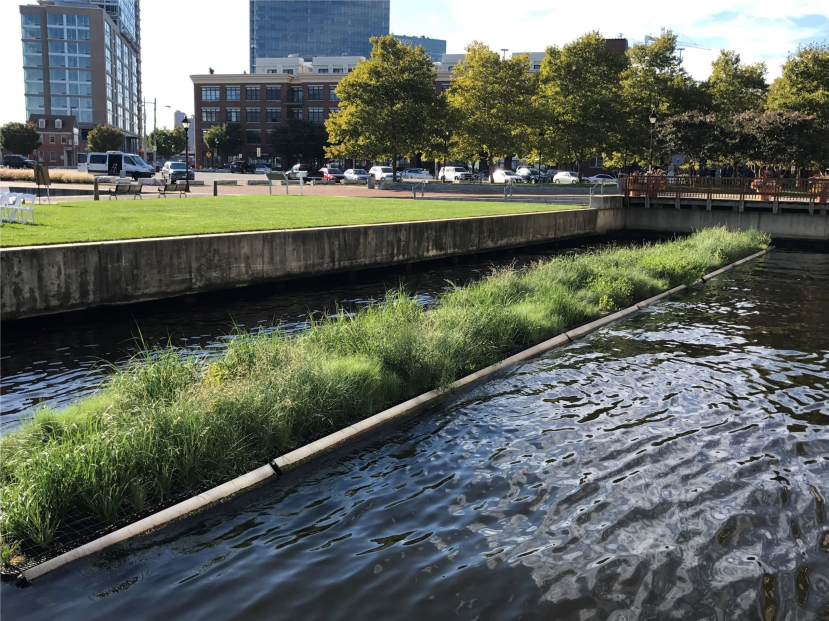
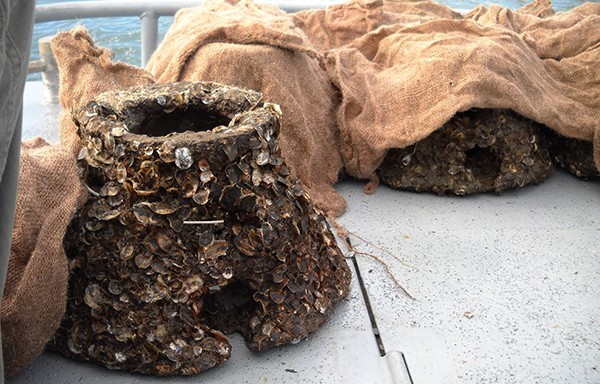
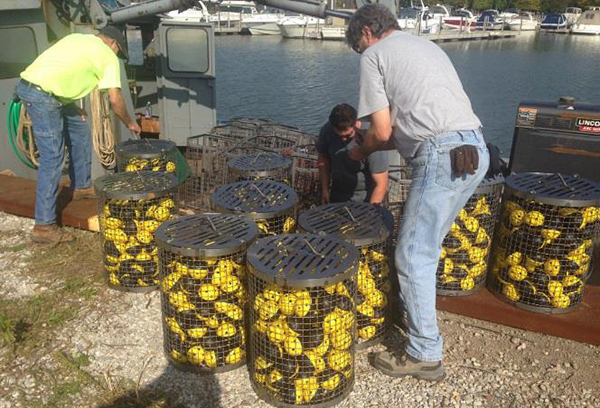
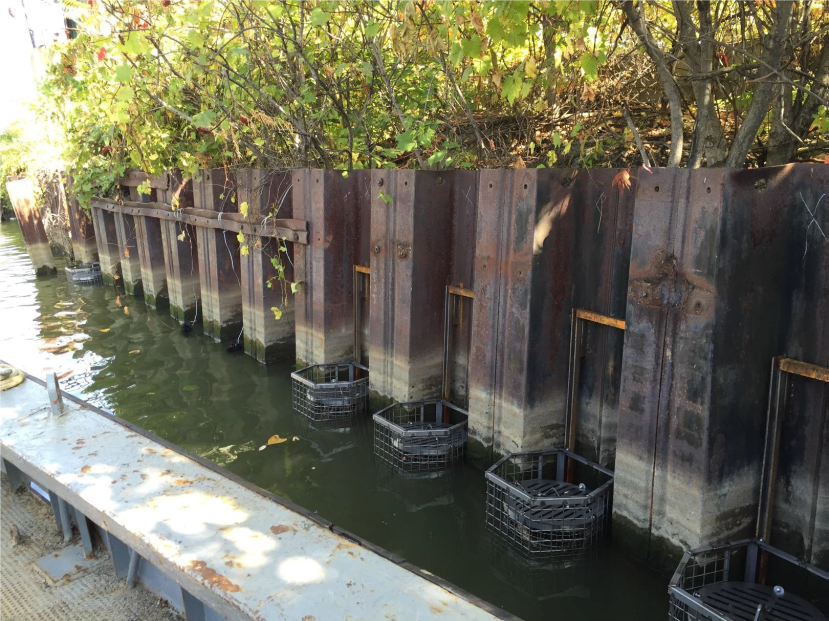







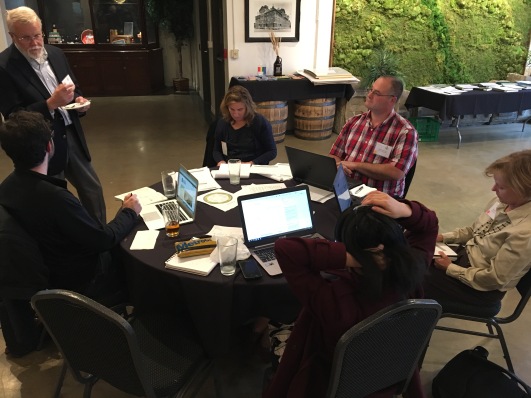
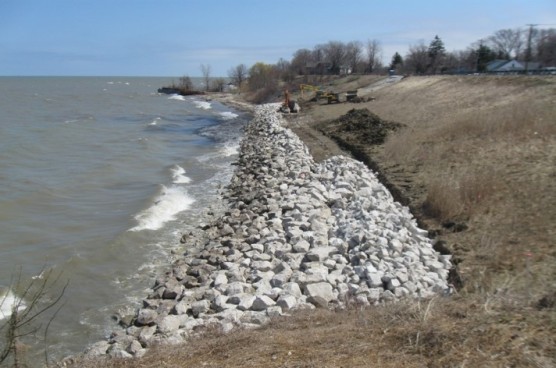
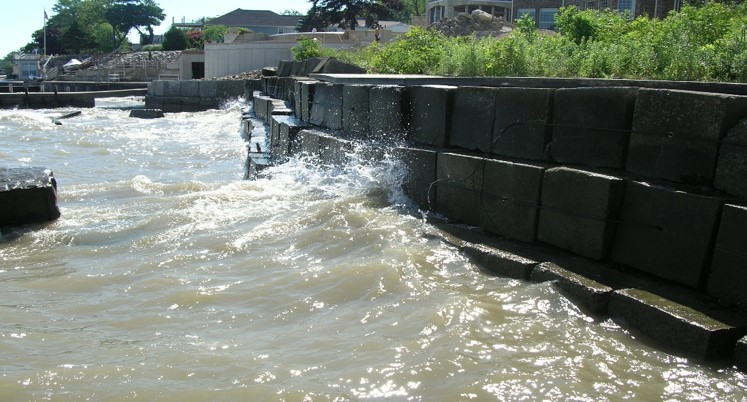
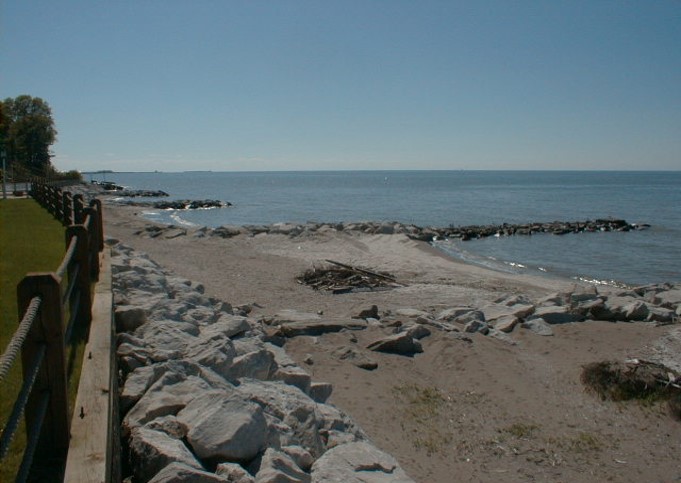
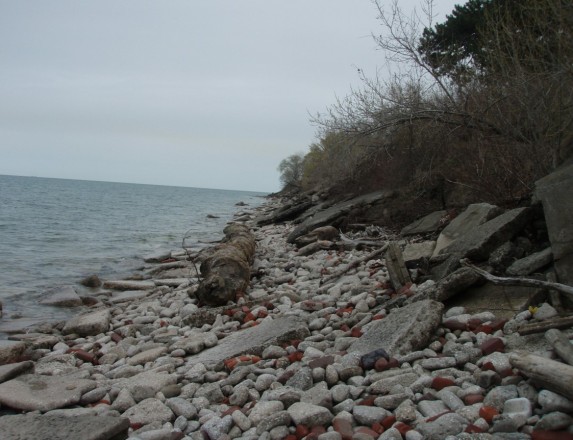
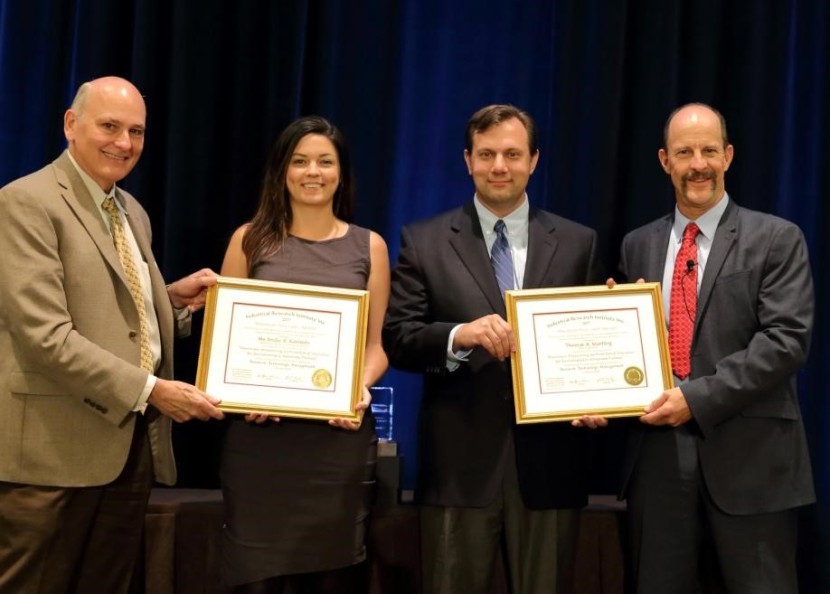 Emily Kennedy and Thomas Marting being presented with their IRI Maurice Holland Award for their article, “Biomimicry: Streamlining the Front-End of Innovation for Environmentally Sustainable Products”.
Emily Kennedy and Thomas Marting being presented with their IRI Maurice Holland Award for their article, “Biomimicry: Streamlining the Front-End of Innovation for Environmentally Sustainable Products”.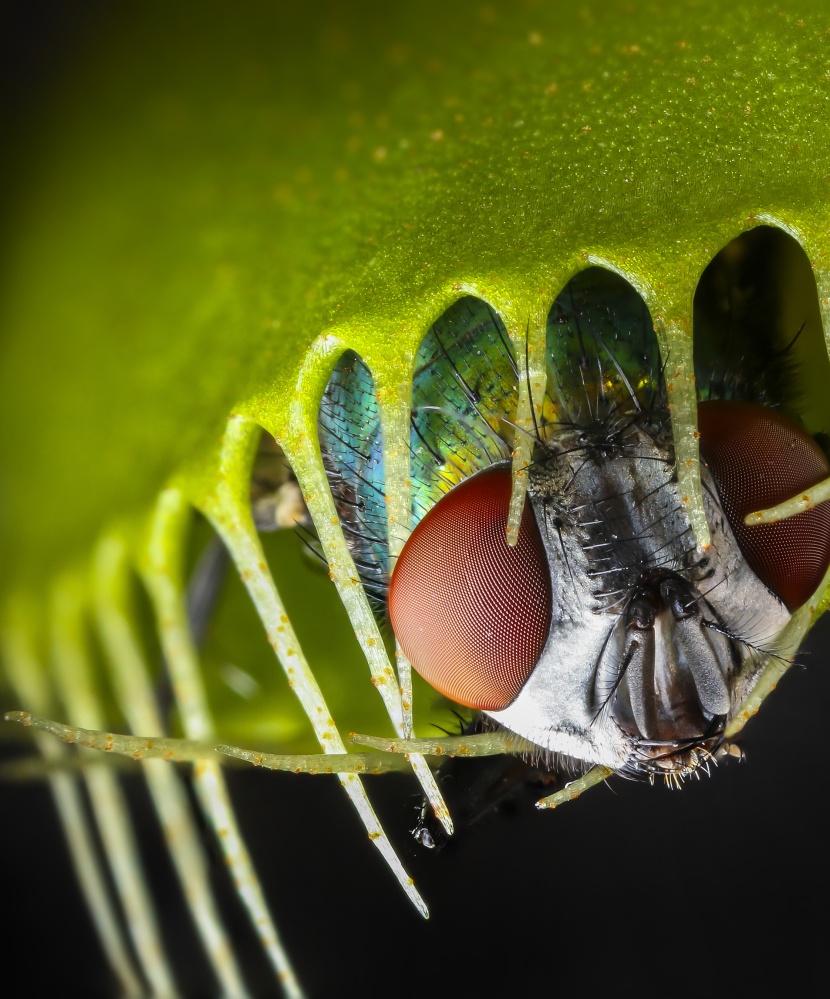

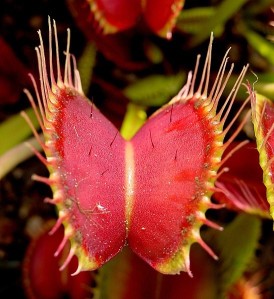
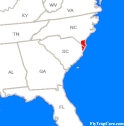
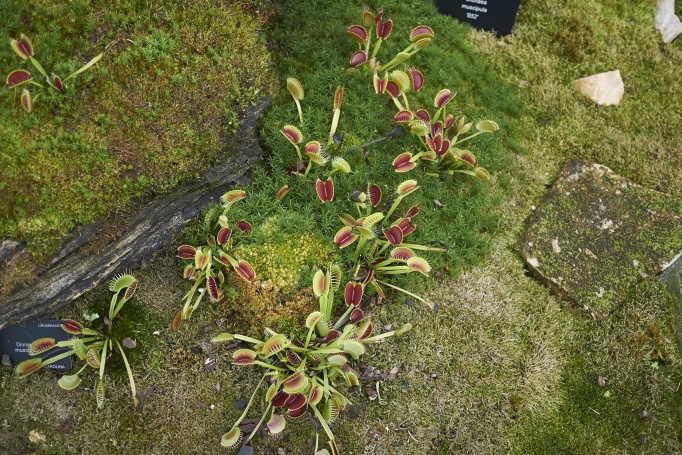
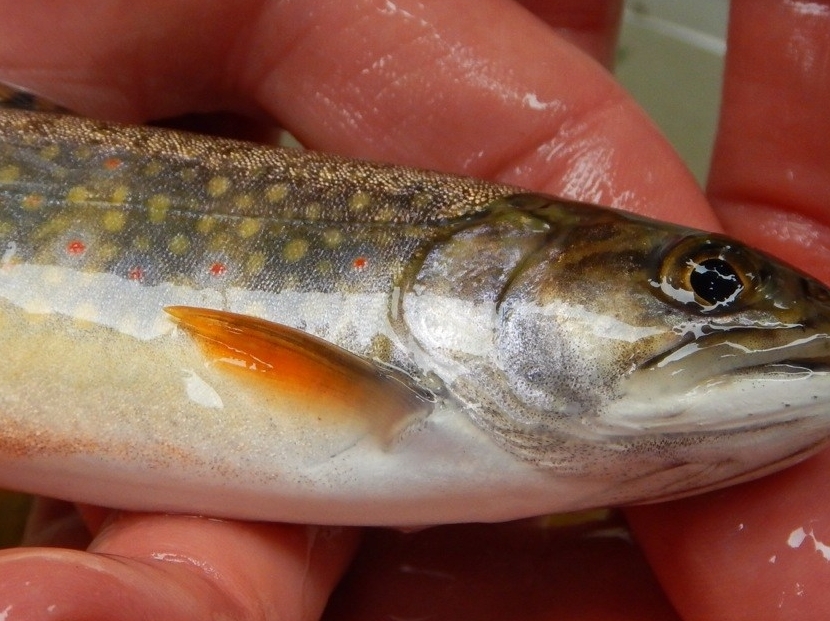
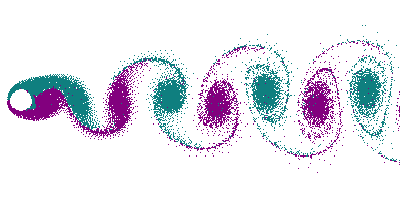
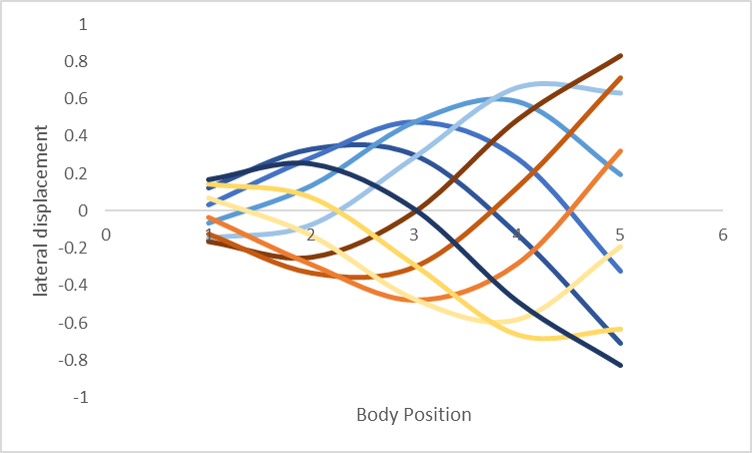
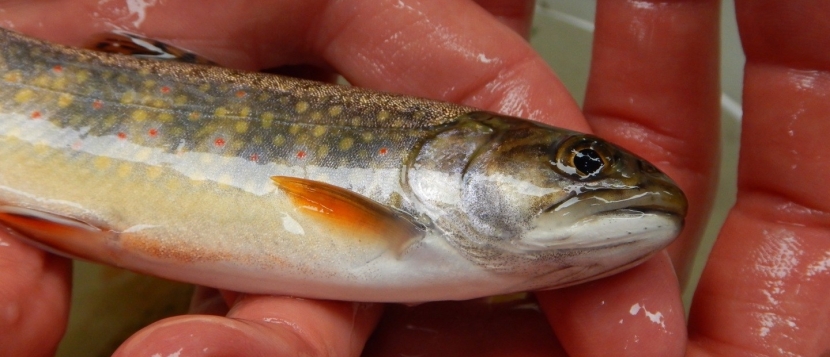
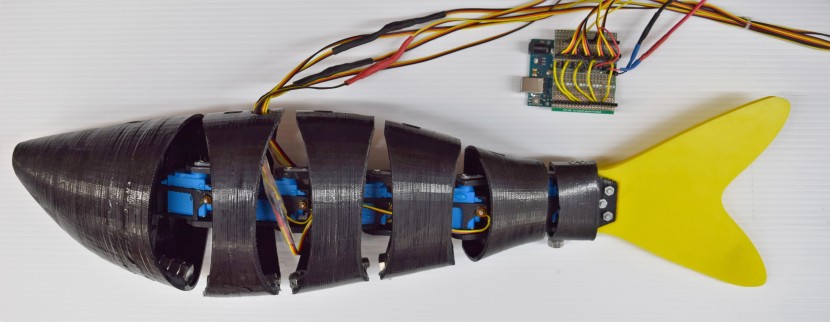
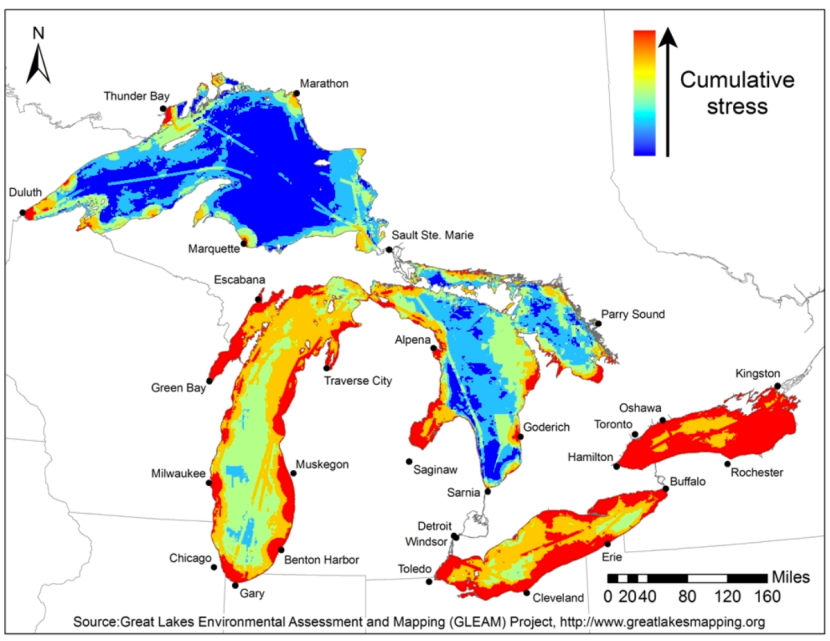
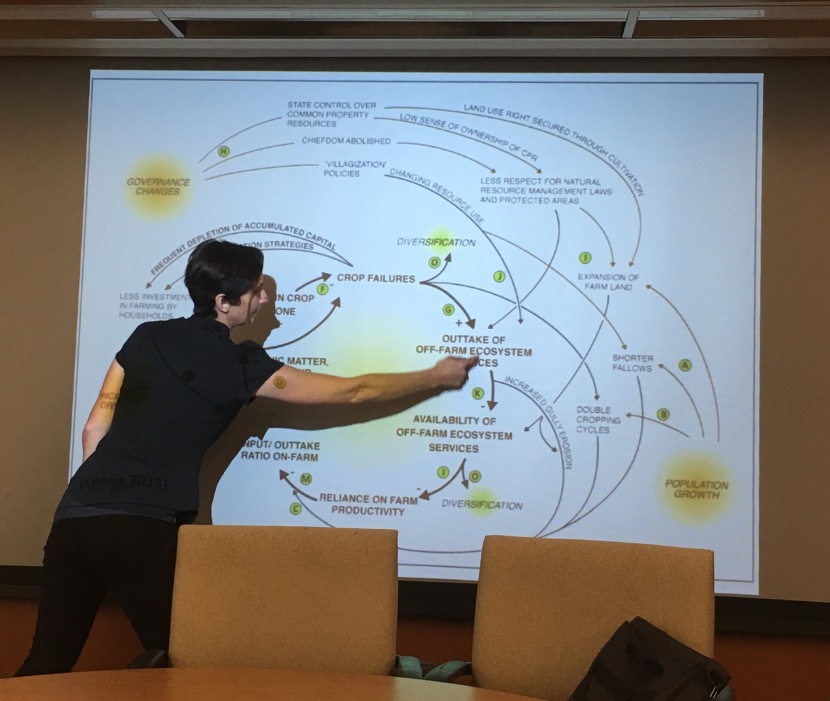 Dr. Allyson Quinlan of the Resilience Alliance discussing conceptual models and feedback loops.
Dr. Allyson Quinlan of the Resilience Alliance discussing conceptual models and feedback loops.